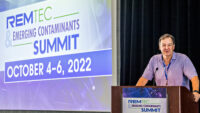Second day of RemTEC and Emerging Contaminants Summit in photos
Slideshow: Take a look at the highlights from the second day of the three-day event in Westminster, Colorado. Photos by Jon Phillips
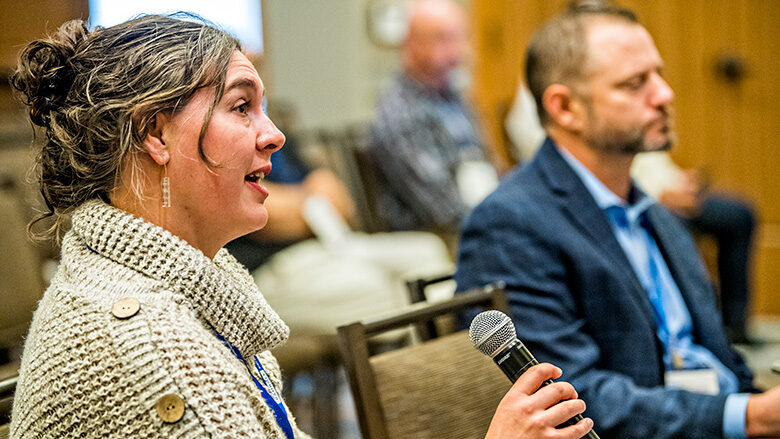


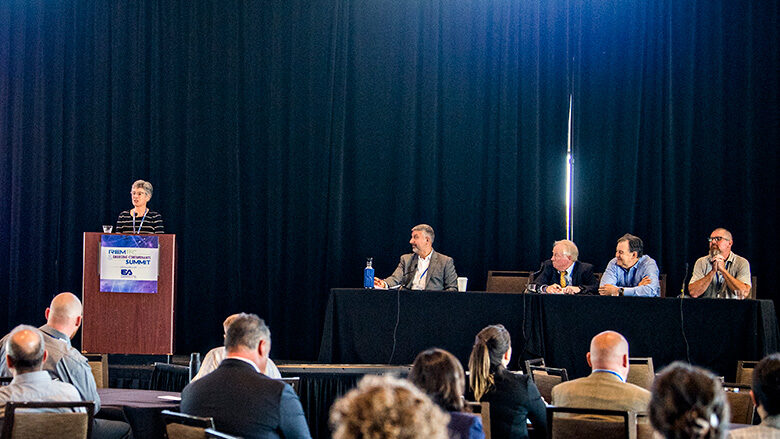

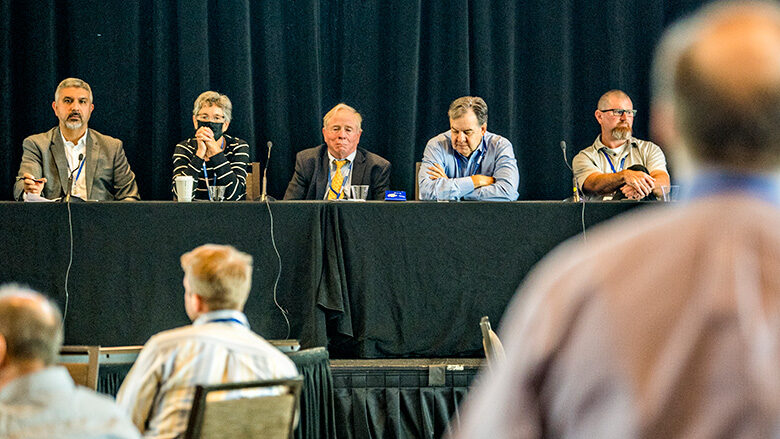
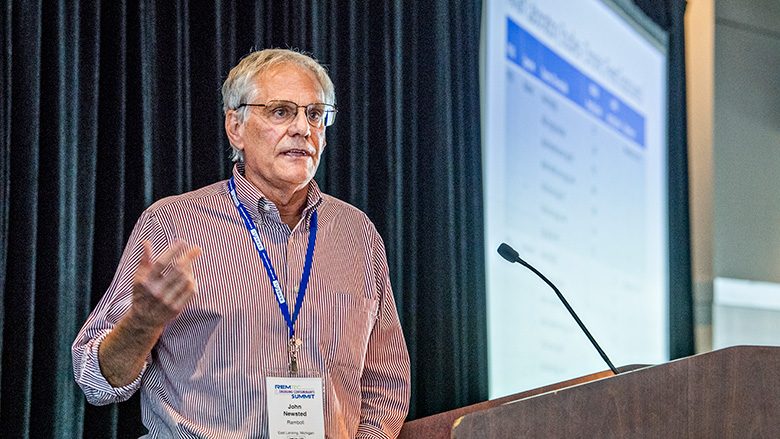
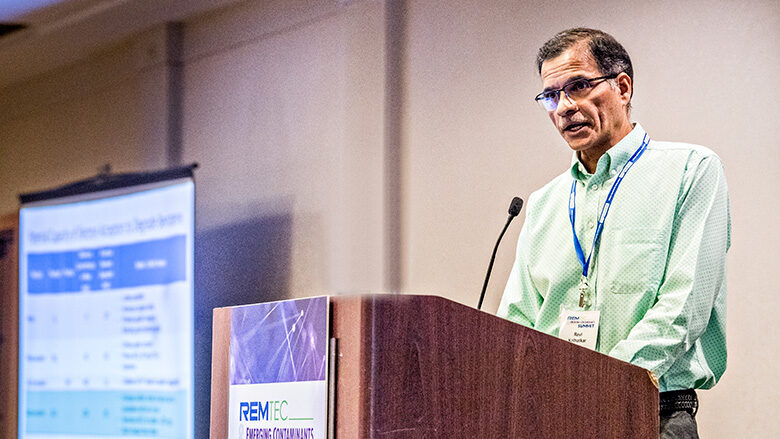
All three tracks of the RemTEC & Emerging Contaminants Summit began at the top of the morning Wednesday. Here’s a recap of what environmental remediation specialists spoke about at each track.
Track #7 Whose PFAS Is It? The Evolving Field of PFAS Forensics
Track Chairs: Dr. Kristin Robrock, Exponent and Dr. Adam Love, Roux Associates
Environmental forensics is the application of scientific techniques to identify the source and historical reconstruction of contamination releases to develop defensible scientific and legal conclusions. Given the widespread use of PFAS-containing materials and the growing litigation over their presence in the environment, there is a clear and immediate need for PFAS source attribution. This session focuses on the evolving field of PFAS forensics, including the evaluation of new approaches such as machine learning techniques and converging lines of evidence used to differentiate PFAS sources.
Learning Objectives
- Recognize the types of challenges that arise in applying forensic techniques to PFAS sites.
- Explain the types of methods that could be involved in PFAS source tracking.
- Express why pattern recognition is necessary for recognizing PFAS sources from composition in environmental samples.
- Summarize some of the pitfalls that might arise from machine learning methods.
Track #8 1,4-Dioxane Treatment: The Latest and Greatest
Track Chair: Nick Garson, Boeing
1,4-Dioxane is associated with chlorinated solvent sites and presents a significant remediation challenge due to its mobility and persistence. This session will provide an update on the current advances in 1,4 Dioxane treatments including a presentation on combined technologies for treating 1,4-dioxane and co-contaminants as well as implementation of bioaugmentation and cometabolism at portions of the site provides a feasible remedy for 1,4-dioxane source areas.
Learning Objectives
- Identify some of the sources of 1,4-Dioxane in the environment and what its fate is.
- Explore some of the challenges to remediation of 1.4-Dioxane.
- Discuss some of the technologies that can be combined for treating 1,4-dioxane.
- Describe how bioaugmentation and cometabolism can provide a feasible remedy for 1,4-dioxane source areas.
Track #9 Contaminants of Emerging Concern: Status of Findings from ITRC's Project Team
Track Chair: Patricia Reyes, Interstate Technology and Regulatory Council (ITRC)
The Interstate Technology Regulatory Council has a team working on Contaminants of Emerging Concern. The team is working to create a framework for anticipating and responding to emerging contaminants, built on lessons learned from the emergence of PFAS and coupled with proactive identification of potential future contaminants. The objectives of this team are to develop a series of fact sheets that 1) address how states can track and identify contaminants of emerging concern to better manage them, 2) address the properties and traits that lead to identification, and 3) provide guidance for evaluating these properties. This session will present update on the team’s progress with a focus on the status, findings and surveys conducted to date.
Learning Objectives
- Discuss what is in a name – how the team defined the acronym of CECs for this guidance document.
- Describe what mechanisms are being considered to identify and evaluate the thousands of contaminants worldwide for which there is still much uncertainty in their potential hazard.
- Efforts at the federal level often generate data and findings that have ripple effects down to the states, but there is no clear guidance or consensus on how states should evaluate or manage this information – explore what the fact sheets are trying to do to help with this.
- Recognize the focus of the fact sheets and how is the guidance document being structured.


